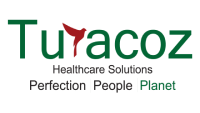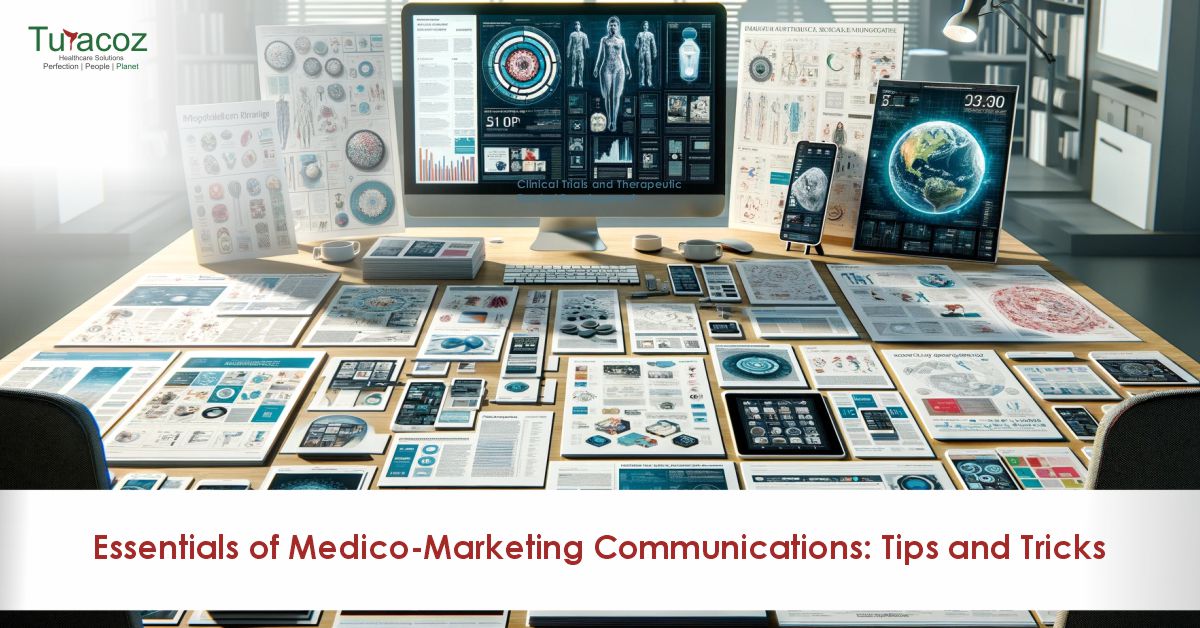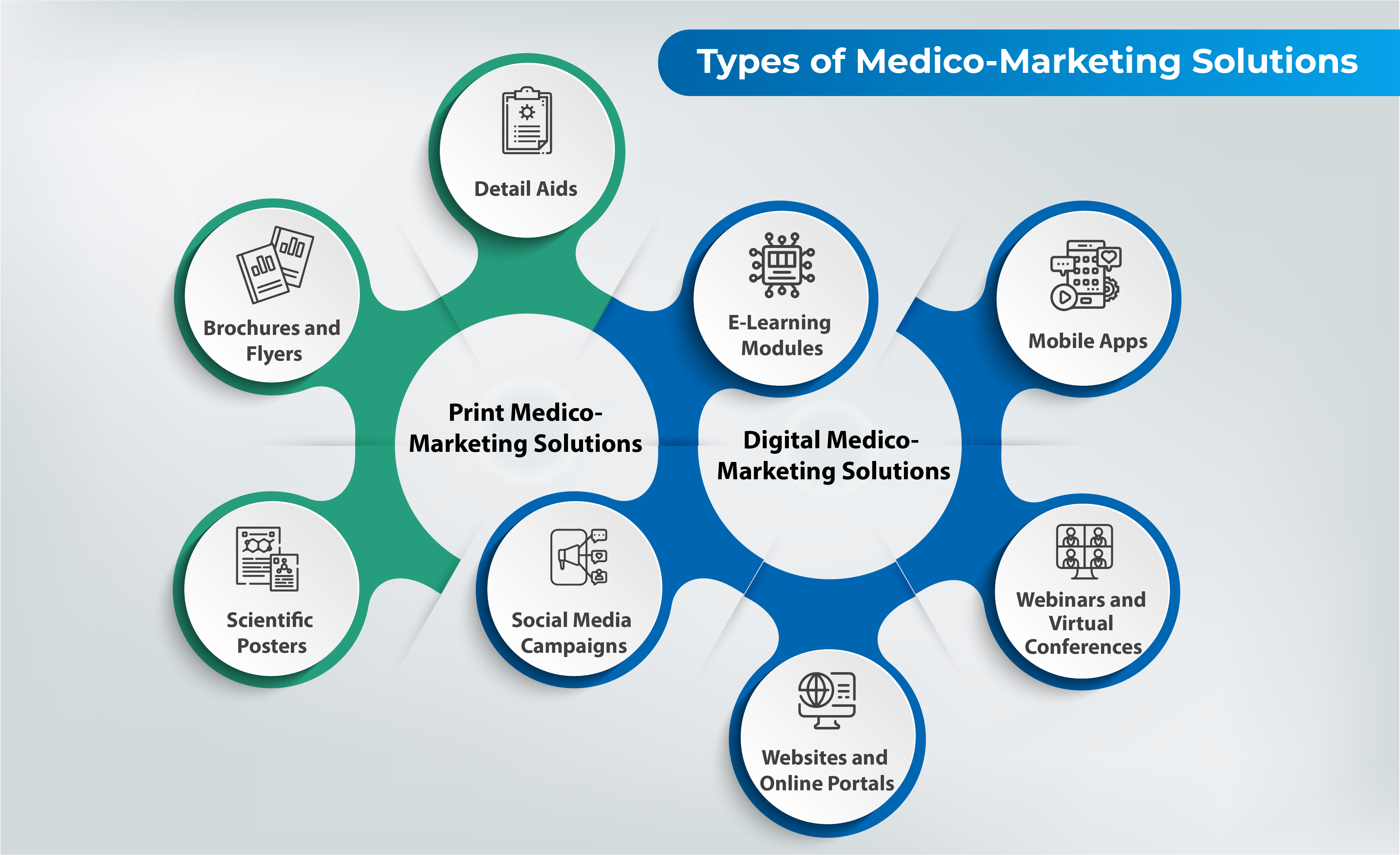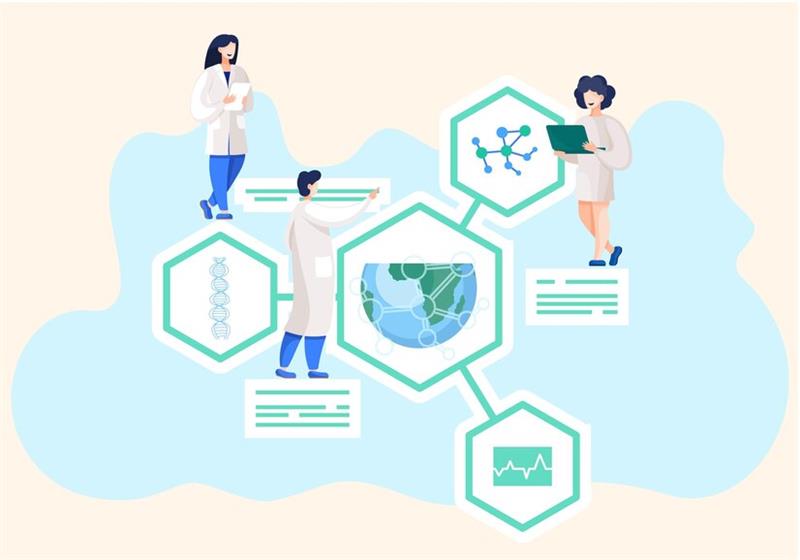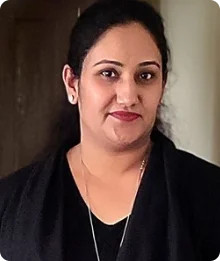Medico-marketing documents play a crucial role in healthcare marketing by connecting the gap between clinical innovations and their practical applications in medical practice. These documents are used to educate healthcare professionals about new drugs, devices, and therapies. They also ensure that the information provided is accurate, compliant with regulations, and ethical. In this blog, we will explore the intricacies of medico-marketing documents, including the best practices for medical communications, the different types of medico-marketing solutions, and the typical team structure for projects in this domain.
Types of Medico-Marketing Solutions
Medico-marketing solutions can be broadly classified into two categories, namely print and digital formats. Each of them serves a distinct purpose and targets different aspects of medical communication. Let’s take a closer look at these two types of medico-marketing solutions:
- Print Medico-Marketing Solutions
Print materials have a long history in the medical field. They are valued for their tangibility and ease of access in environments where digital devices might not always be practical.
- Brochures and Flyers: These are compact, easy to distribute, and can effectively communicate key points about a new drug or therapy. They are commonly used in waiting rooms and medical conferences to provide quick, digestible information to healthcare professionals and patients.
- Scientific Posters: Often used at academic conferences and seminars, scientific posters can summarize research findings, clinical trial data, or guidelines updates succinctly. They allow for visual representation of complex data, making it easier to grasp briefly.
- Detail Aids: These are visual aids used by pharmaceutical sales reps during face-to-face interactions with doctors and other healthcare providers. Detail aids are designed to support the conversation flow, highlighting benefits, mechanisms of action, and clinical evidence in a structured manner.
- Journal Advertisements: Another traditional print method is placing ads in medical journals. These ads are targeted at industry professionals who subscribe to or read medical journals, ensuring that the marketing message reaches a highly relevant audience.
- Digital Medico-Marketing Solutions
With the increasing reliance on digital technology in all fields, digital medico-marketing solutions have become pivotal, offering dynamic and interactive platforms for communication.
- E-Learning Modules: These modules provide comprehensive training and education to healthcare professionals on new products or therapies. They often include interactive content such as quizzes, animated mechanisms of action, video demonstrations, and more to enhance learning and retention.
- Mobile Apps: Apps can offer a range of functionalities from educational resources and dosage calculators to treatment guidelines that assist healthcare professionals in their daily practice. They provide convenient access to information right at the healthcare provider’s fingertips.
- Webinars and Virtual Conferences: Unlike traditional in-person events, webinars and virtual conferences can reach a global audience, eliminating geographical barriers. These platforms are excellent for delivering lectures, conducting workshops, and facilitating discussions among medical professionals.
- Websites and Online Portals: Dedicated product websites or professional portals can serve as information repositories where healthcare providers can download resources, participate in forums, and access the latest research and guidelines.
- Social Media Campaigns: Leveraging platforms like LinkedIn, Twitter, and specialized online communities can help engage a broader audience, facilitating discussions and feedback on medical advancements.
Integrating Print and Digital Solutions
The most effective medico-marketing strategies often integrate print and digital solutions, providing multiple touchpoints for engaging healthcare professionals. For example, a campaign may start with digital advertisements to raise awareness, followed by detailed emails and brochures sent to interested professionals, and reinforced through e-learning modules for in-depth understanding.
Each format has its strengths and plays a critical role in comprehensive medical marketing strategies, ensuring that crucial medical information is communicated effectively and accessible to all stakeholders in the healthcare ecosystem.
Do’s and Don’ts
Do’s:
- Ensure Compliance: Always adhere to regulatory guidelines such as those set by the FDA or EMA. Compliance ensures that the information is not only accurate but also ethically promoted.
- Focus on Clarity: Medical documents should be clear and concise. Avoid medical jargon, when possible, to make the content accessible to a broader audience, including non-specialists.
- Maintain Transparency: Disclose all relevant information, including potential conflicts of interest, data sources, and any limitations of the data or product.
- Validate Content: All scientific claims should be supported by robust evidence. Peer-reviewed studies and clinical trial results are gold standards for backing claims.
- Update Regularly: Medical knowledge and guidelines evolve; therefore, medico-marketing materials should be reviewed and updated regularly to remain current.
Don’ts:
- Avoid Overstatements: Do not exaggerate the benefits or understate the risks associated with a medical product or service.
- Avoid Bias: The presentation of clinical data should be balanced including benefits and potential adverse effects.
- Don’t Ignore Patient Privacy: Always respect patient confidentiality and the ethical considerations associated with patient data.
- Avoid Off-Label Promotion: Promoting the use of a drug or device not approved by regulatory bodies is prohibited and unethical.
- Don’t Forget the Audience: Tailor the information to the understanding level and needs of the target audience, avoiding one-size-fits-all approaches.
Team Players
In the complex and regulated healthcare environment, creating and distributing medico-marketing materials require a collaborative effort from a team of diverse professionals. Each team member plays a crucial role, contributing specialized skills that ensure the marketing materials’ accuracy, compliance, and effectiveness. From understanding intricate medical data to designing compelling marketing strategies, the team’s collective expertise is vital for successfully communicating medical information to healthcare providers and patients.
- Medical Writers: Create the content for medico-marketing documents, ensuring that it is scientifically accurate, clear, transparent, and compliant with regulatory standards.
- Medical Advisors: Healthcare professionals who provide clinical insight and ensure the medical integrity of the marketing content.
- Regulatory Affairs Specialists: That all documents comply with industry regulations and standards and stay updated on changes in legislation that could affect how information is presented.
- Marketing Strategists: Develop the marketing strategies that dictate how products will be positioned and promoted in the market.
- Graphic Designers: Work on the visual aspect of medico-marketing materials, ensuring they are engaging and professionally presented.
- Digital Specialists: Focus on digital medico-marketing solutions, such as app development and management of online platforms.
- Project Managers: Oversee the project from conception to completion, ensuring that it stays on schedule, within budget, and meets the project objectives.
Medico-marketing is a critical and intricate field that necessitates a balanced approach between marketing prowess and ethical medical communication. By adhering to the dos and don’ts outlined above, utilizing both print and digital solutions effectively, and deploying a skilled interdisciplinary team, medico-marketing efforts can improve healthcare outcomes by ensuring that practitioners are well informed about the latest developments in medical care. This holistic approach not only furthers the reach of medical innovations but also upholds the standards of patient care and industry integrity.
For those interested in taking their first steps into medical writing or enhancing their expertise to meet the challenges of omnichannel communication in healthcare, we invite you to explore the opportunities available through our training programs. Contact us at [email protected] to learn how you can join the ranks of medical writers making a significant impact in healthcare communication. Together, let’s shape a future where accurate, accessible, and actionable health information reaches every corner of the globe, empowering individuals and transforming healthcare outcomes.
